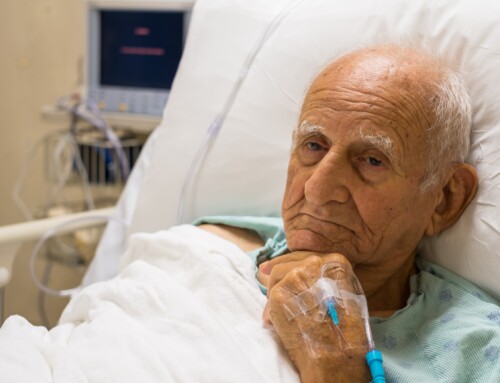First, Dutch euthanasia advocates said that patient killing will be limited to the competent, terminally ill who ask for it. Then, when doctors began euthanizing patients who clearly were not terminally ill, sweat not, they soothed: medicalized killing will be limited to competent people with incurable illnesses or disabilities. Then, when doctors began killing patients who were depressed but not physically ill, not to worry, they told us: only competent depressed people whose desire to commit suicide is “rational” will have their deaths facilitated. Then, when doctors began killing incompetent people, such as those with Alzheimer’s, it’s all under control, they crooned: non-voluntary killing will be limited to patients who would have asked for it if they were competent.
And now they want to euthanize children.

For anyone paying attention to the continuing collapse of medical ethics in the Netherlands, this isn’t at all shocking. Dutch doctors have been surreptitiously engaging in eugenic euthanasia of disabled babies for years,
although it technically is illegal, since infants can’t consent to be killed. Indeed, a disturbing 1997 study published in the British medical journal, the Lancet, revealed how deeply pediatric euthanasia has already metastasized into Dutch neo natal medical practice: According to the report, doctors were killing approximately 8 percent of all infants who died each year in the Netherlands. That amounts to approximately 80-90 per year. Of these, one-third would have lived more than a month. At least 10-15 of these killings involved infants who did not require life-sustaining treatment to stay alive. The study found that a shocking 45 percent of neo-natologists and 31 percent of pediatricians who responded to questionnaires had killed infants.
It took the Dutch almost 30 years for their medical practices to fall to the point that Dutch doctors are able to engage in the kind of euthanasia activities that got some German doctors hanged after Nuremberg. For those who object to this assertion by claiming that German doctors killed disabled babies during World War II without consent of parents, so too do many Dutch doctors: Approximately 21 percent of the infant euthanasia deaths occurred without request or consent of parents. Moreover, since when did parents attain the moral right to have their children killed?
Euthanasia consciousness is catching. The Netherlands’ neighbor Belgium decided to jump off the same cliff as the Dutch only two years ago. But already, they have caught up with the Dutch in their freefall into the moral abyss. The very first Belgian euthanasia of a person with multiple sclerosis violated the law; and just as occurs routinely in the Netherlands, the doctor involved faced no consequences. Now Belgium is set to legalize neo-pediatric euthanasia. Two Belgian legislators justify their plan to permit children to ask for their own mercy killing on the basis that young people “have as much right to choose” euthanasia as anyone else. Yet, these same children who are supposedly mature enough to decide to die would be ineligible to obtain a driver’s license.
Why does accepting euthanasia as a remedy for suffering in very limited circumstances inevitably lead to never-ending expansion of the killing license? Blame the radically altered mindset that results when killing is redefined from a moral wrong into a beneficent and legal act. If killing is right for, say the adult cancer patient, why shouldn’t it be just as right for the disabled quadriplegic, the suicidal mother whose children have been killed in an accident, or the infant born with profound mental retardation? At that point, laws and regulations erected to protect the vulnerable against abuse come to be seen as obstructions that must be surmounted. From there, it is only a hop, skip, and a jump to deciding that killing is the preferable option.
Wesley J. Smith is a senior fellow at the Discovery Institute, an attorney for the International Task Force on Euthanasia and Assisted Suicide, and a special consultant to the Center for Bioethics and Culture. This article is reprinted with permission of The Weekly Standard, where it first appeared on 09/13/2004. For more information visitwww.weeklystandard.com.



